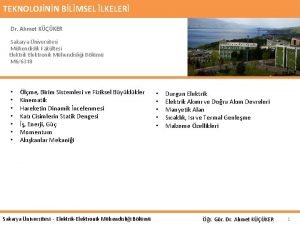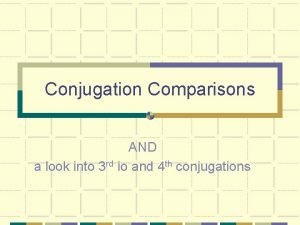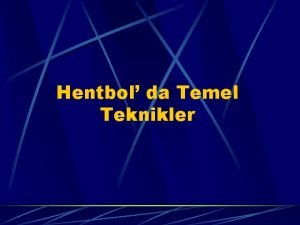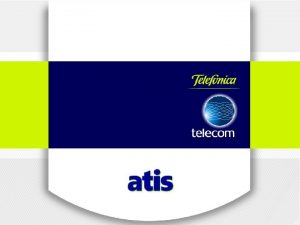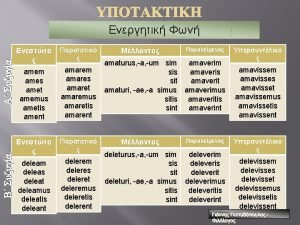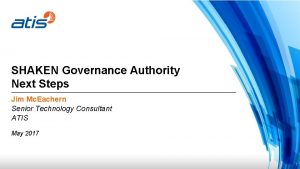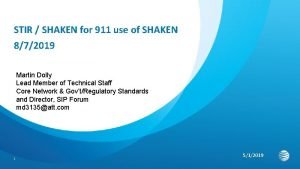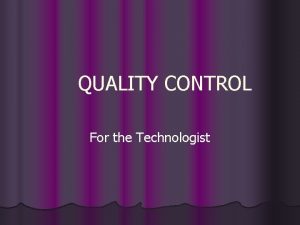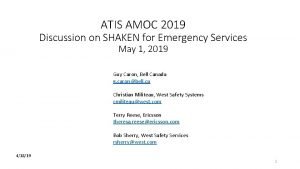International SHAKEN Jim Mc Eachern Principal Technologist ATIS








- Slides: 8

International SHAKEN Jim Mc. Eachern Principal Technologist ATIS January 2020 Advancing ICT Industry Transformation

Outline • SHAKEN Trust Model • Cross-Border SHAKEN (ATIS-1000087) • International SHAKEN 2

SHAKEN Trust Model Trusted CA list effectively provides the root of trust for SHAKEN ATIS-1000087: Mechanism for Initial Cross-Border Signature-based Handling of Asserted information using to. KENs (SHAKEN) • Certification Authority (CA): • Must be authorized before being included on Trusted CA list • Ongoing monitoring/auditing for compliance • Service providers (SP): • Need credentials (i. e. , Service Provider Code (SPC) token) to obtain STI certificates • Vetted before receiving SPC token • Terminating SP checks to see if STI certificate was issued by a CA on the Trusted CA list • If CA is not on the list, then verification automatically fails 3

Cross-Border SHAKEN (ATIS-1000087) • ATIS-1000087 merges Trusted CA lists: • OSP uses cert from “STI-CA 1” approved by STI-PA “ 1” • TSP checks local Trusted CA list provided by STI-PA “A” • STI-CA 1 is on the merged Trusted CA list, so verification can succeed • ATIS-1000087 recognizes this is an “initial mechanism”, and that an alternative approach will be needed for full “international” SHAKEN ATIS-1000087: Mechanism for Initial Cross-Border Signature-based Handling of Asserted information using to. KENs (SHAKEN) 4

International SHAKEN - Challenges Using the strategy in ATIS-1000087 for all countries presents two challenges: 1. Requires a rigorous vetting process to ensure legitimacy: – Who would perform this vetting? – What objective criteria would be used? – How do you prevent the process from become more political than technical? 2. Difficult to get all countries to accept vetting process: – – – Reluctance to accept 3 rd party vetting process Unanimous consent on vetting process could be problematic In some cases, countries will never unconditionally trust specific other countries, regardless of vetting process 5

International SHAKEN - Proposal • No matter how rigorous the vetting process, additional “validation” mechanism likely needed to prove and monitor compliance (at least in some circumstances). – Essentially a “trust but verify” paradigm • If you need a “validation” mechanism to prove compliance, then what’s the point trying to develop a robust vetting process? – Provide a simple, lightweight process that allows countries to sign up • https: //tools. ietf. org/pdf/draft-burger-stir-iana-cert-00. pdf – Countries build their “reputation” over time with the “validation” mechanism • The Call Validation Treatment (CVT) function in the SHAKEN architecture can act as this “validation” mechanism • This approach can co-exist with ATIS-100087 6

SHAKEN Reference Architecture Analytics (CVT) could establish “reputation” at the national level, in addition to SP and user. From ATIS-1000074 7

Next Steps • If the IPNNI supports this work item, I will bring draft text into the Austin meeting. • What is the preferred approach? – Revision to ATIS-1000087 – New Technical Report 8
